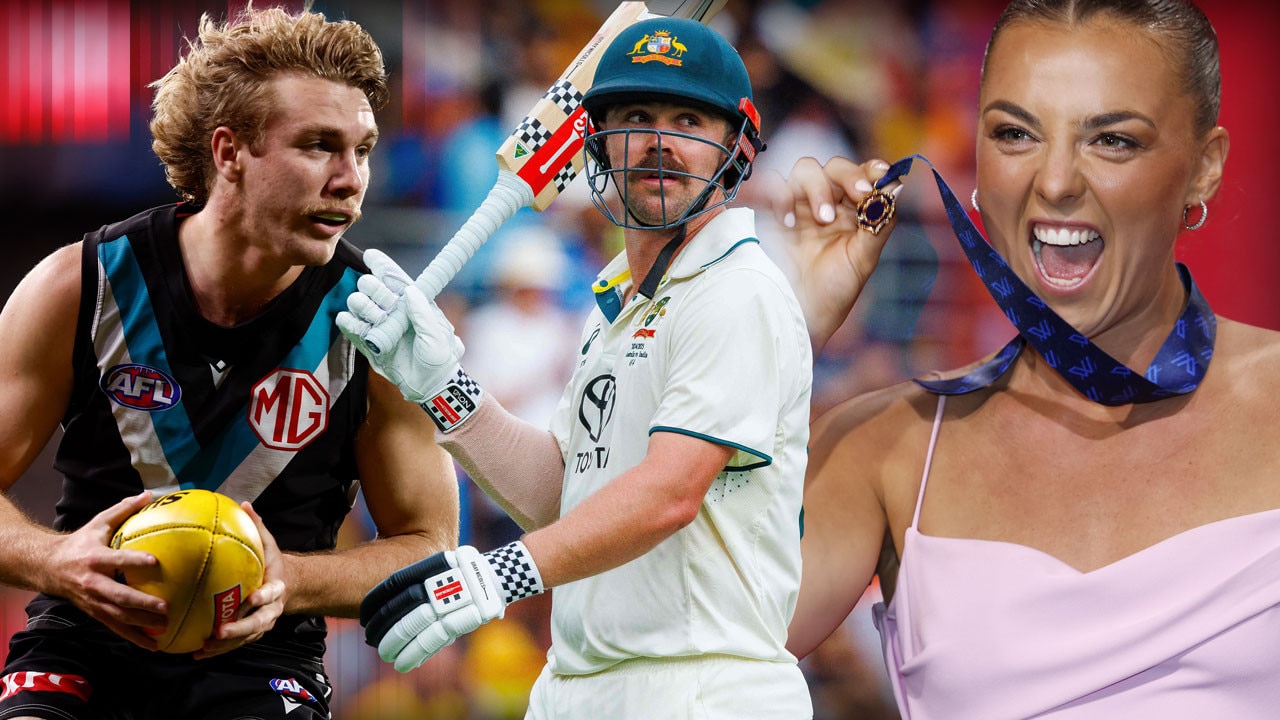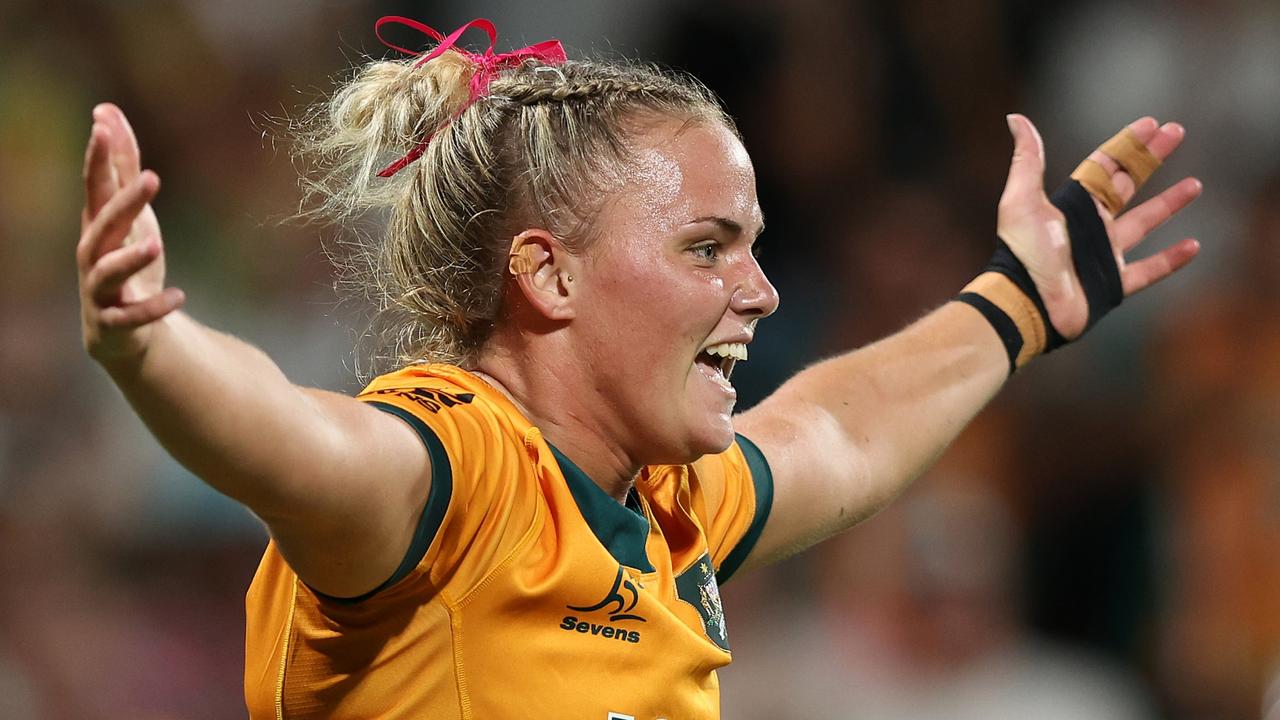360 View: W-League stagnation the heart of Matildas Cup woes
If the Matildas aren’t careful, their golden generation could plummet down the world pecking order. But there’s a solution sitting on our doorstep, writes DAVID DAVUTOVIC.
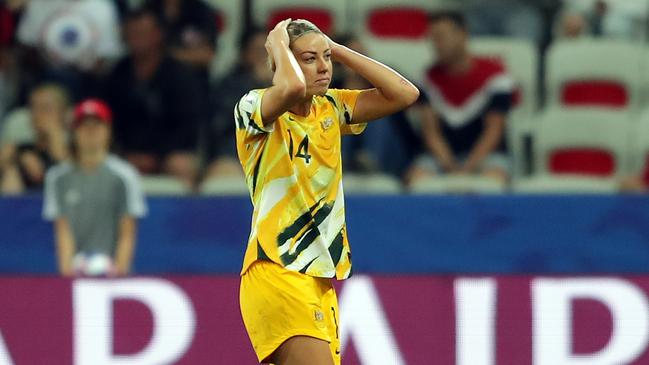
Women's sport
Don't miss out on the headlines from Women's sport. Followed categories will be added to My News.
It’s groundhog day when it comes to Australian national teams at major tournaments.
Yet again trivial debates eclipse huge issues which are plaguing women’s football and, if not rectified, threaten to send the Matildas down the world pecking order.
FFA deserves all the criticism it gets for its woefully inadequate handling of the Alen Stajcic sacking, and the Australian public still awaits an explanation.
But the “Matildas are ranked 6th, they should beat [insert rapidly improving world football opponent]” claim is akin to “the Socceroos should be smashing Asian teams like Thailand” argument. It smacks of ignorance.
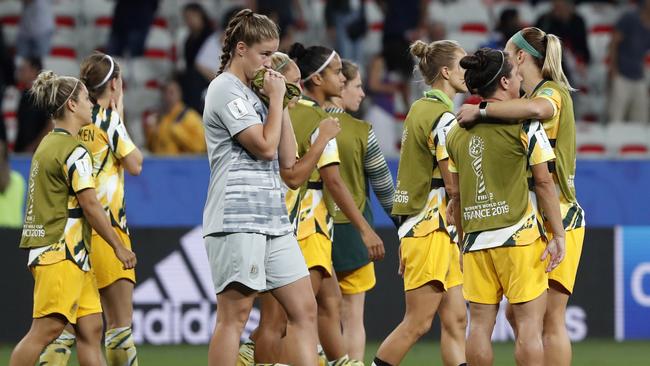
Like the men’s game, Australia’s issues lie in the lack of growth and limited opportunities for youngsters and that was reflected in the Matildas’ World Cup squad.
In 2011, four 20-year-olds (Elise Kellond-Knight, Tameka Butt, Kyah Simon and Elysse Perry), three 17-year-olds (Sam Kerr, Emily van Egmond and Teigen Allen) plus a 16-year-old (Caitlin Foord, who won best young player of the tournament) emerged to provide spark, complimenting an experienced backbone of Heather Garriock, Lisa De Vanna, Melissa Barbieri, Sally Shipard, Collette McCallum and Kim Carroll.
Most of the 2011 kids have become world-class, but the production line has slowed. This despite junior participation numbers increasing significantly since 2011, along with junior coaching standards.
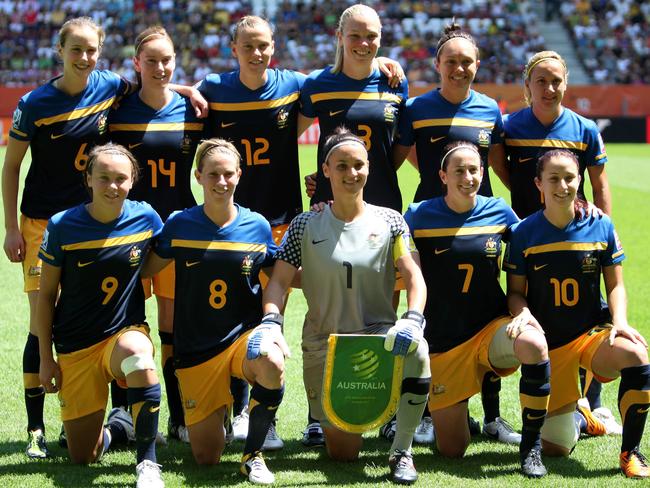
The “bottleneck”, which is having a detrimental effect on the Socceroos, is in play in the women’s game.
The W-League has remained relatively stagnant (12 games now compared to 10, and nine teams compared to eight when it started), while the rest of the world has grown rapidly especially in the last few years.
Yet the number of Australians getting first-team opportunities each week has drastically declined.
While the rise in foreigners has lifted the standard of the W-League, it has come at the expense of local players.
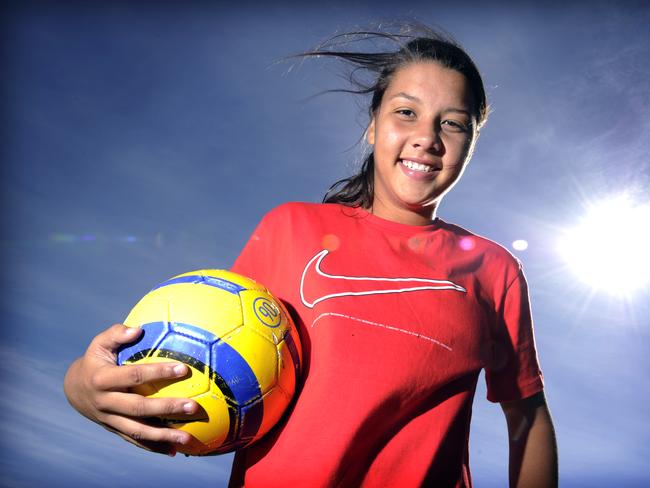
Last season saw a record high 40 visa players signed in the W-League, compared to 10 in the 2010-11 and 21 in the 2014-15 seasons that preceded previous World Cups.
That means that as little as 76 Aussies took the W-League field each week, compared to 102 in 2011 and 91 in 2015.
The 2019 World Cup squad had just three players under 20 — Ellie Carpenter, late call-up Karly Roestbakken and teen sensation Mary Fowler (currently playing in the state league).
Roestbakken impressed in her limited minutes, but prospects such as Kyra Cooney-Cross (Victory), Sofia Sakalis (Melbourne City), Leah Davidson (Brisbane) and Remy Siemsen (Western Sydney) have not been afforded as many minutes as they would have previously.
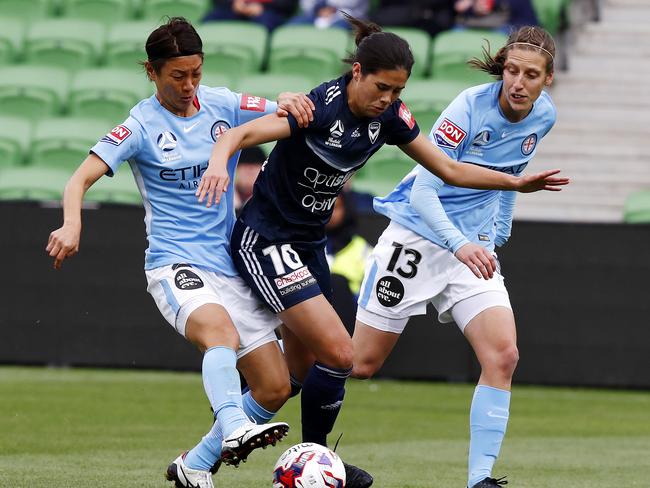
That has reflected in the Matildas average age — 25.9 in 2019, compared to 24 in 2015 and 22.9 in 2011.
With apologies to Brisbane Roar, Sydney FC and Perth Glory, one could argue that expansion club Melbourne City and Canberra United — the only club without an A-League affiliate — have done most to progress the W-League.
City’s investment was unparalleled (facilities, professionalism and wages) and lifted standards across the board.
Canberra showed what can be done when resources and energy are focused exclusively on a women’s team.
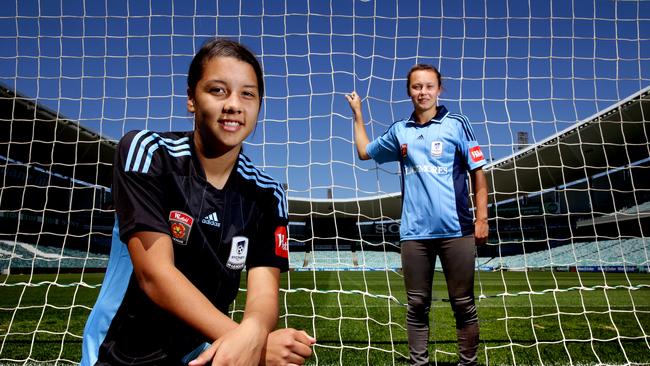
The top tier of overseas women’s leagues are littered with examples of women’s teams who are outdoing their lower tier male counterparts or stand-alone including: Bristol City, Yeovil Town (England); Tavagnacco, Orobica Bergamo (Italy); Granadilla, Logrono (Spain); NTV Beleza, INAC Kobe Leonessa, Nojima Stella, Iga Kunoichi (Japan) and Turbine Potsdam, SC Sand (Germany).
Nonetheless, the investment of mega clubs like Juventus, Fiorentina, Bercelona, Atletico Madrid, Manchester City and Arsenal has helped their respective European nations make huge strides in recent years while Australia’s stagnated.
South Melbourne and Central Coast are among the clubs whose W-League applications have been rejected. Now it’s time for Australia to be bold and grow the W-League, or else we risk falling behind — an extra club should be added this coming W-League season.
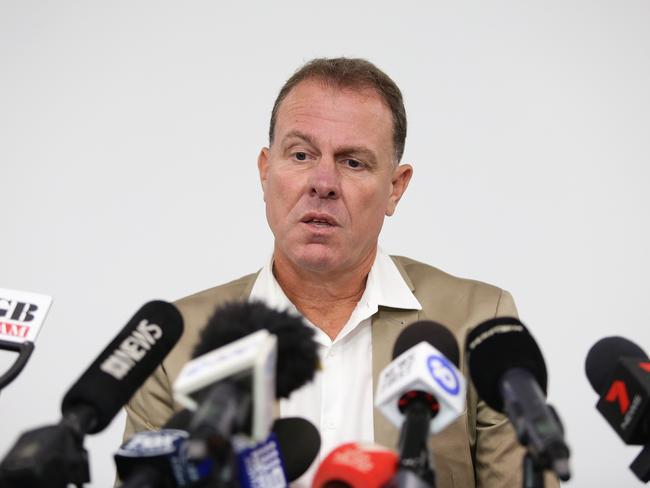
FFA currently runs the W-League, but looking beyond 2020 it is evident that it will take an independent body to turbocharge the domestic game (the talk is that the Premier League will eventually take over England’s women’s league, currently run by the FA).
With our appetite to watch emerging Aussie talent coupled with the obvious benefits for the Matildas, serious consideration should be given to the reduction of visa players from 4+1 (+1 being a guest player) per club to three (2019-20) and eventually two (2020-21).
The extra club and reduced visa spots will translate to 20 extra Aussie women playing each week.
That could be the difference between a Tokyo 2020 medal and another round of internal squabbling about our latest “underachievement”.

